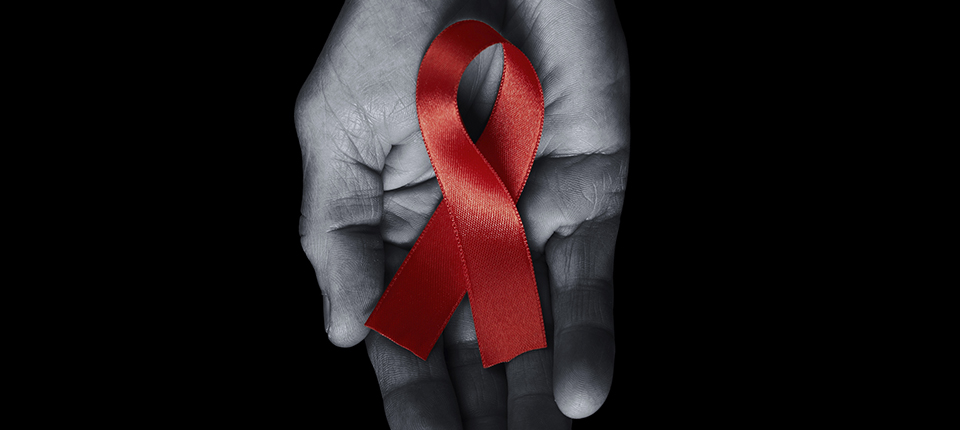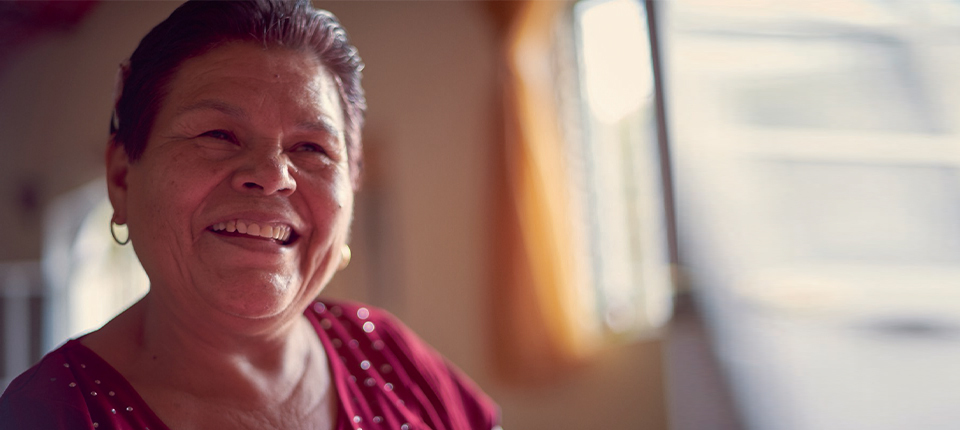Continuing Progress Against HIV: What are the Next Steps?
Technology can enable task forces around the world to deploy aid in dealing with individuals on the ground. Every virus sample collected provides valuable data for analysis, building understanding over time. By comparing and studying the genetic codes of various viruses, scientists can start to identify unique markers signaling if a virus is novel or dangerous.
For example YRGCARE, a non-profit specializing in HIV care, has collaborated with international organizations like the Abbott Pandemic Defense Coalition (APDC) to address troubled hotspots in India. By joining forces, they can now focus attention on helping vulnerable communities most impacted by HIV's spread. "It really has been a journey where we have evolved with the needs of the community, trying to bring in the most novel therapeutic and diagnostic strategies and try to figure out how to integrate it in a way that not only takes care of the individual's disease but take cares of the individual as a whole." says Dr. Sunil Solomon of YRGCARE.
Through a focus on at-risk groups like migrants and sex workers, Healthtech is being used to turn the tide, and bring help to those who need it the most. These vulnerable groups often face tremendous hardship - social isolation, discrimination, lack of opportunities. Without access to healthcare or economic stability, survival may become linked to high-risk activities. Both groups could end up resorting to intravenous drug use as a release, greatly increasing the likelihood of HIV due to needle sharing. Sex workers are at additional risk due to the possibility of unprotected sex being a part of their livelihood. Serious challenges like an inability to travel long distances to testing centers and financial constraints can all be solved through health-tech. Keeping these vulnerable groups in mind, there are currently many ongoing health-tech projects making sure risks are mitigated :
- Employ cutting-edge diagnostic tests like viral load assays to enable efficient, scalable disease tracking even in remote regions. This has helped transform pandemic response capacity.
- For pregnant women with HIV, transmission to newborns is a major risk. The identification of cases early and promptly enabling antiretroviral treatment can curb mother-to-child transmission.
- The use of dried blood spot sampling to collect samples on filter cards for easy transport.These DBS samples remain highly stable at room temperature, permitting transportation from rural communities to central laboratories without refrigeration. This helps overcome logistical barriers posed by lack of on-site equipment and trained personnel.
- Rapid detection through innovative techniques paves the way for nimble pandemic response. When combined with coordinated partnerships between public health bodies, technology can guide data-driven resource allocation to the most vulnerable.
Taking Steps Towards Elimination and Preparation
Progress can only truly move forward through collaborative efforts. By rallying around those most vulnerable and combining compassion with innovation, these linked forces help underpin the foundation of the future. Vaccines administer hope. Surveillance networks weave safety nets. Preventative care unlocks potential in every life.
Step-by-step the diligent work of healthcare advocates and researchers makes a meaningful difference over time. By leveraging technology to promote access to testing, treatment and education, their efforts walk the path towards progress.





FOLLOW ABBOTT